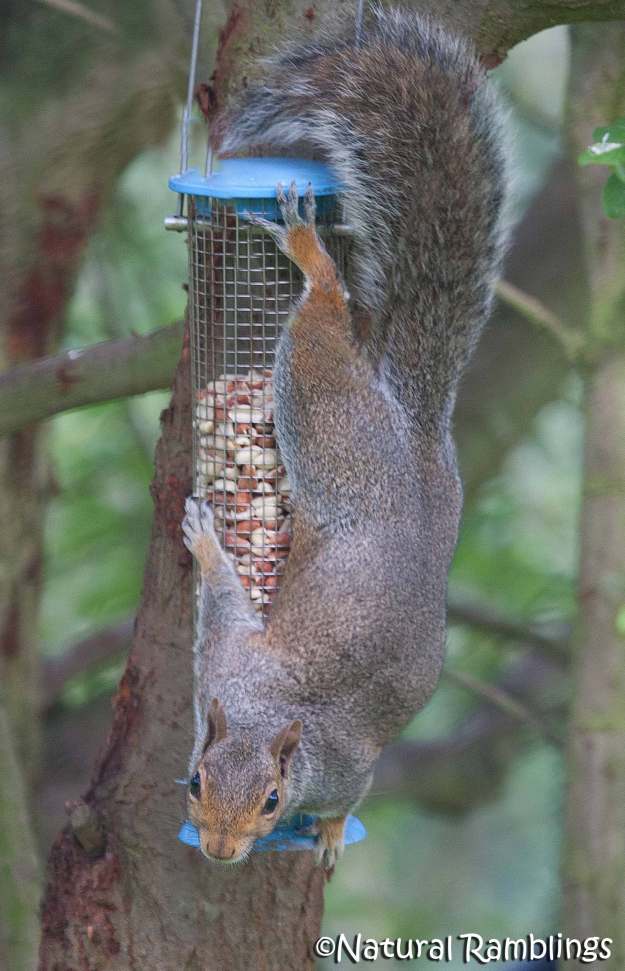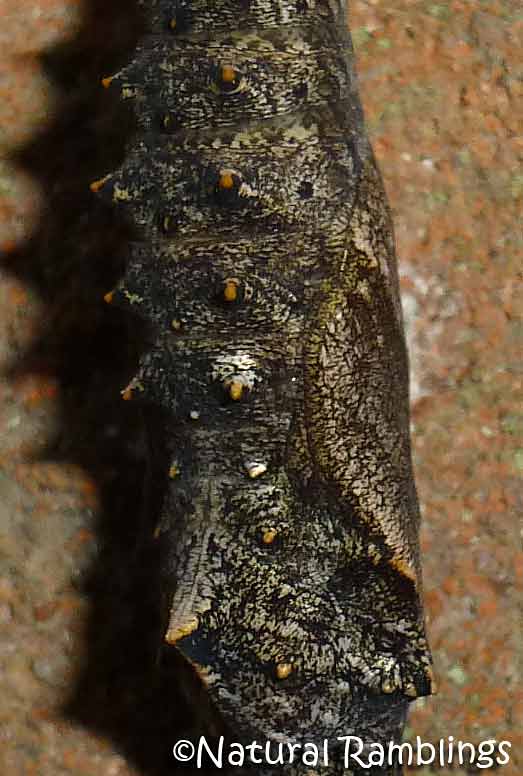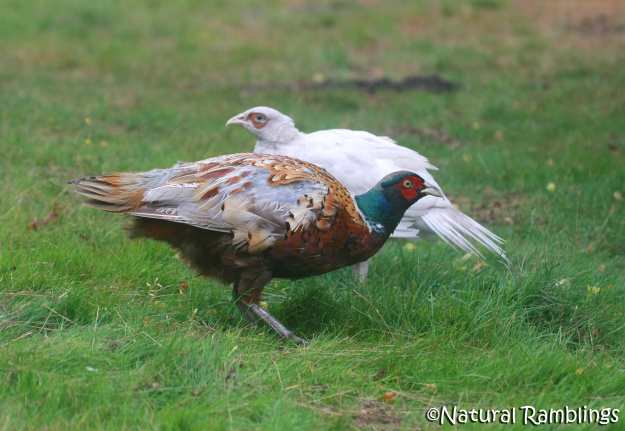
By Tim Birkhead, Jo Wimpenny, Bob Montgomerie
Those of you that know me, know Im passionate about wildlife particularly birds. Ive been a keen ornithologist since my childhood and collected many books over the years.
Most ornithology books tend to be ID books which we all need, but after many years of avian research I do love my bird books with a bit more scientific detail and information.
So when Princeton press offered me their latest ornithology book I jumped at the chance.
Blurb
Ten Thousand Birds provides a thoroughly engaging and authoritative history of modern ornithology, tracing how the study of birds has been shaped by a succession of visionary and often-controversial personalities, and by the unique social and scientific contexts in which these extraordinary individuals worked. This beautifully illustrated book opens in the middle of the nineteenth century when ornithology was a museum-based discipline focused almost exclusively on the anatomy, taxonomy, and classification of dead birds. It describes how in the early 1900s pioneering individuals such as Erwin Stresemann, Ernst Mayr, and Julian Huxley recognized the importance of studying live birds in the field, and how this shift thrust ornithology into the mainstream of the biological sciences. The book tells the stories of eccentrics like Colonel Richard Meinertzhagen, a pathological liar who stole specimens from museums and quite likely murdered his wife, and describes the breathtaking insights and discoveries of ambitious and influential figures such as David Lack, Niko Tinbergen, Robert MacArthur, and others who through their studies of birds transformed entire fields of biology.Ten Thousand Birds brings this history vividly to life through the work and achievements of those who advanced the field. Drawing on a wealth of archival material and in-depth interviews, this fascinating book reveals how research on birds has contributed more to our understanding of animal biology than the study of just about any other group of organisms.
Opinion
I had seen the details of this book on the website but I have to say I took a deep breath when I opened up the parcel containing this stunning book. Its weighty heavy and amazing quality before you even turn the front cover.
I don’t normally review “quality of books”, but I really have to with this one, its just beautiful.
You have a large 10.5 x 8.5 inch heavy weight book, 1.75 inches thick containing 568 pages, 94 colour images and 60 half tones.
It has a gorgeous outer book dust cover thicker paper than you normally get, if you remove the paper dust cover you will find underneath a beautifully bound old fashioned cover. Those of you like me who still love our paperback books will adore this book.
I also have to mention the gold embossing, you have to admit this is gorgeous you really are holding a quality book in your hand. This is a book you will proudly display on your bookshelf and library for years to come or keep on the coffee table.
So back to the book itself; what actually is the book about if its not an ID book I hear you ask….well its a comprehensive extremely well researched history of ornithology and the key ornithologists that have made a difference to scientific research and biological science since Darwin.
There are approximately 10,000 species of birds on our planet and they have contributed more to the study of zoology than almost any other group of animals.
Konishi et al 1989
The study of birds goes back to ancient Greece in the mid 1600s and it has been estimated that there has been no fewer than 380,000 ornithological publications since Darwin published The origin of species in 1859.
In the last few years ornithologists and their research have been increasing rapidly; with the onset of technology making Ornithology more scientific. The authors actually mention over 700 ornithologists and their individual involvements.
These 3 experienced authors have made this book a definitive leader in the science and research of modern ornithology all in one book; including fascinating information about the main pioneers involved in the historical ground breaking discoveries that changed whole fields of biology and its these that form the basis of this amazing book.
We are spoilt with beautifully illustrated chapter images.
I love the way the book just falls open with its own paper weight.
Beautifully illustrated diagrams and timelines easily explain the scientists findings.
This image depicts just one of the many ground breaking tests that really add to this brilliant book. This image shows a captive woodpecker finch using a tool to get its food from containers. These experiments were conducted by Bob Bowman in 1965.
I absolutely love this book as Im fascinated about the advancement we have made and are making in avian biology and behavior. I have always watched and read almost anything I can find on birds over the years and I simply couldn’t put this book down as its such an original idea for a book.
I have to say its NOT just a book its a concise reference for anyone who loves birds; as it takes you through from Darwin to present day. If your a person who loves a more scientific look at birds you will really appreciate this book. If your a teacher or student, amateur and professional ornithologists you will also find something of interest here.
The book follows historical advancements and breakthroughs to debates and mistakes; written in such an entertaining engaging way; it even made me laugh in places. Its an addictive, inspiring read so anyone can enjoy this book you don’t need a degree to understand this; just a passion for birds.
Read from pigeon pingpong to indepth interviews about the people that made a marked difference to the science of ornithology. It was so interesting to know more about that person and how they came to have a passion for birds.
You wont find another book like this and this will be an invaluable record of the history of ornithology for many years to come.
Anyone who loves birds in anyway will really appreciate this stunning reference book, beautifully illustrated and bound with a perfect mix of history, ornithology and science and a fun human aspect to make you smile so you wont be able to put down.
You can buy your copy from Amazon UK
TIP; I must say too if you are planning to buy this book get the hardback not the kindle version if you can, you will NOT get the benefit of the stunning illustrations and photos let alone the amazing quality of the binding and stunning cover.
All my thanks goes to the lovely people of Princeton Press for sending me this amazing book for this review.
All my views and opinions are my own.










































































